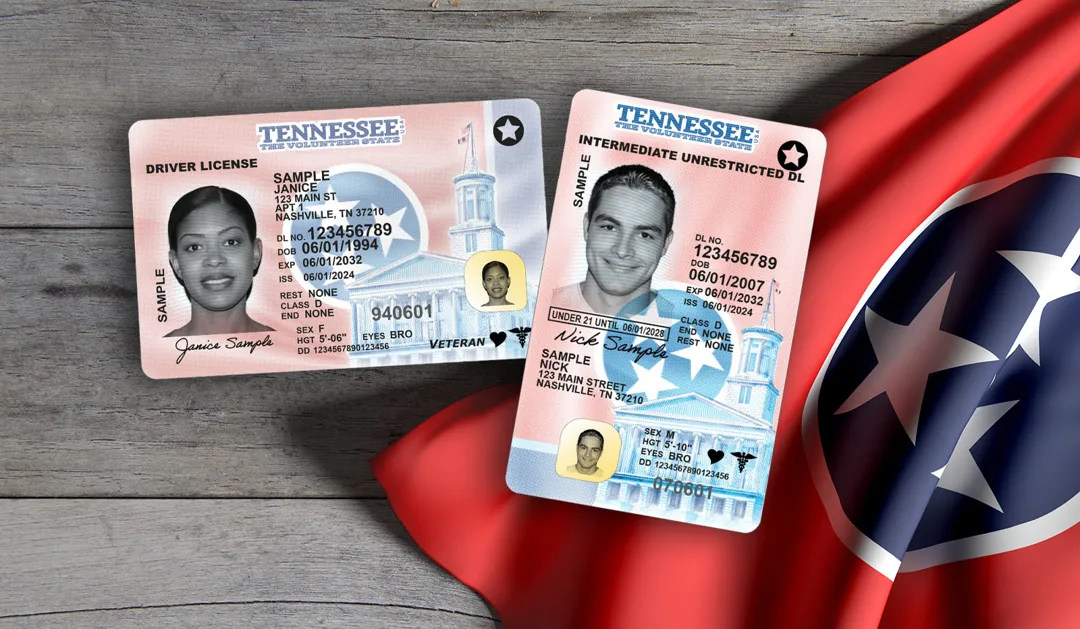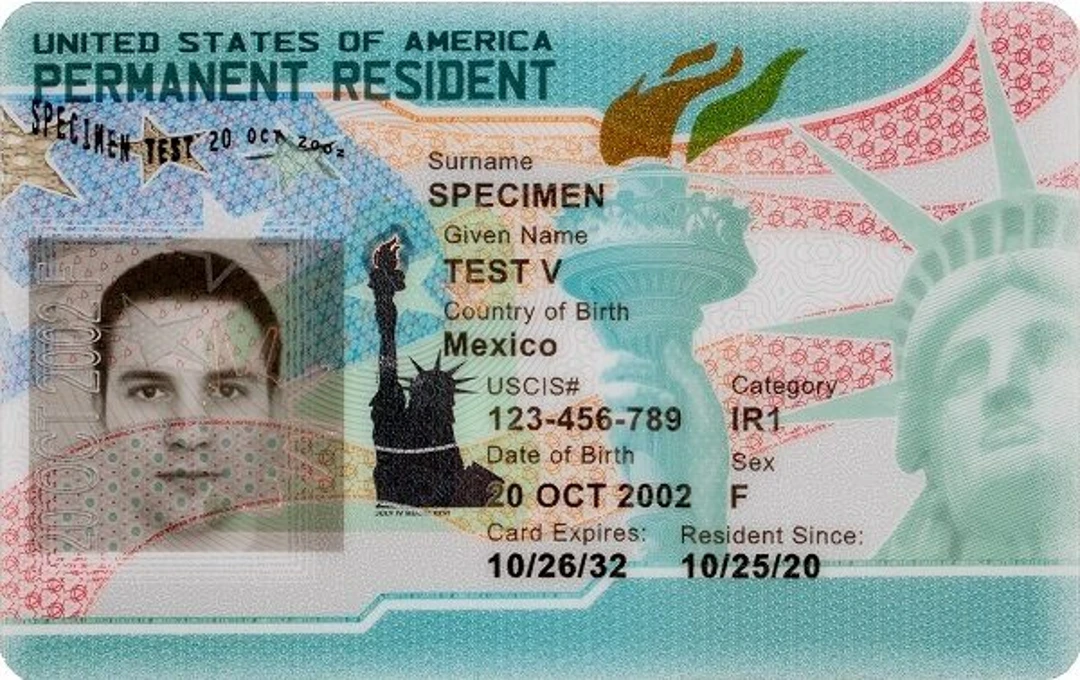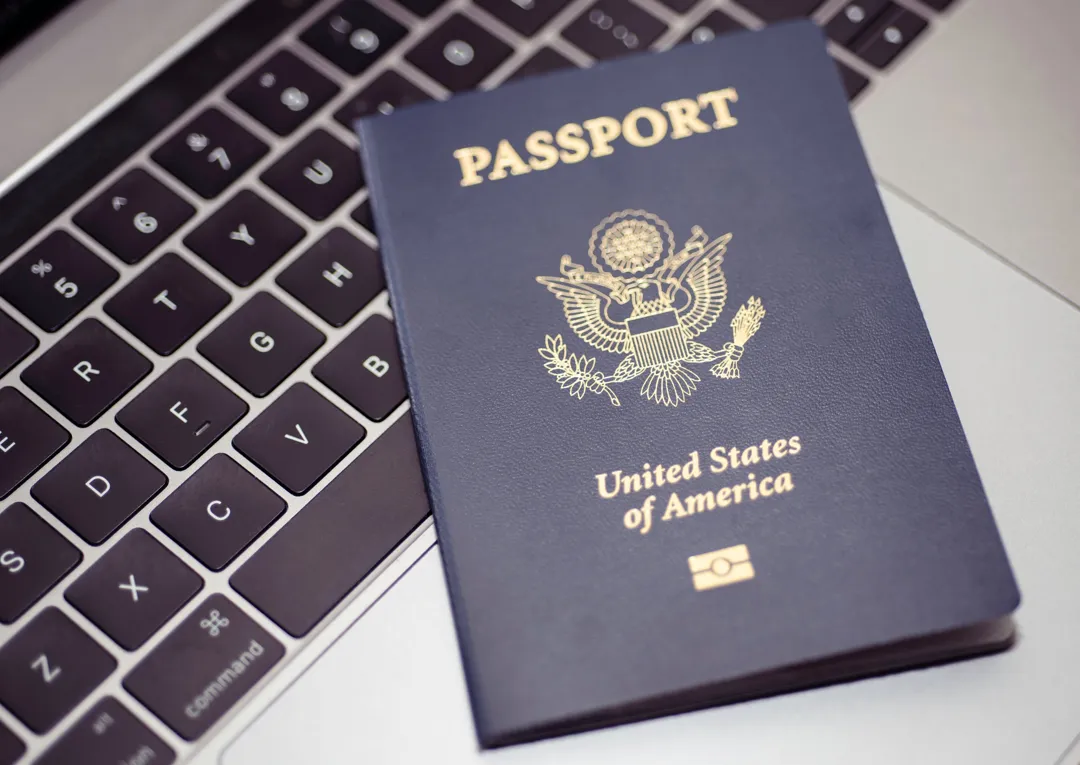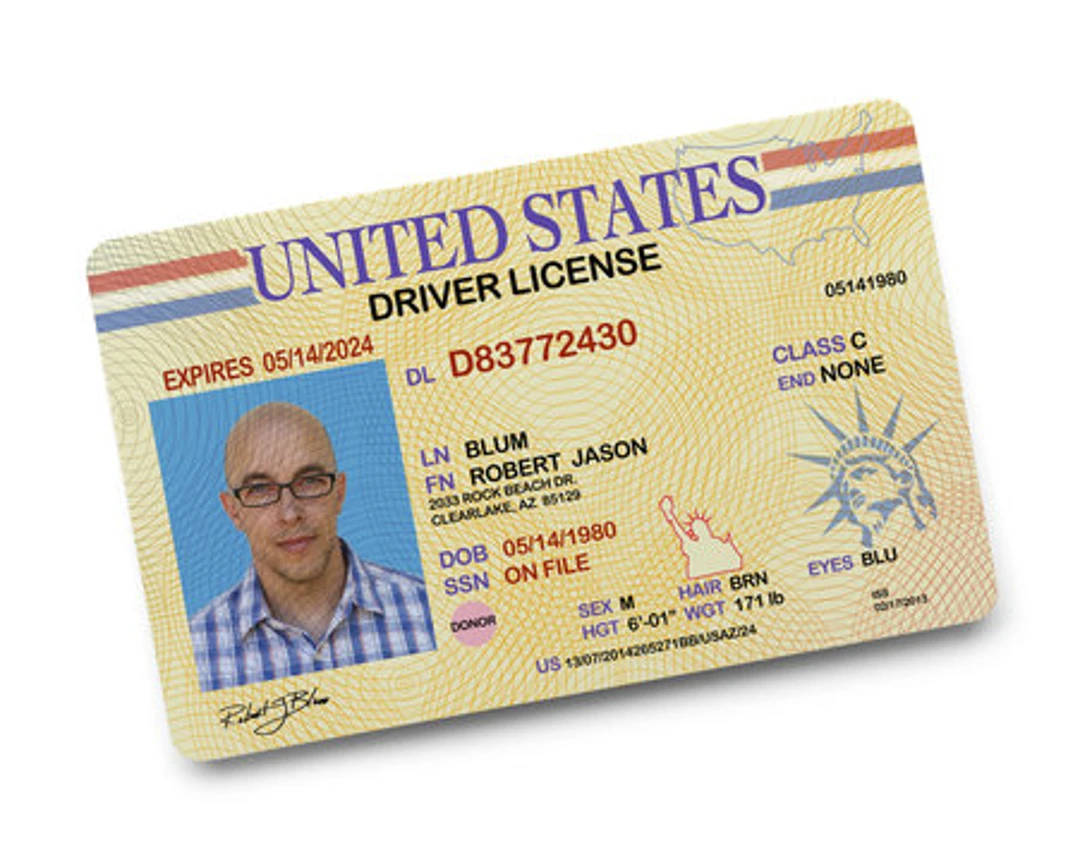Whether you're planning a weekend trip to New York or a cross-country adventure to California, one question often comes up: Do you need a passport to fly in the US?
The answer might surprise you—especially with changing ID laws and new TSA requirements.
In this guide, we'll break down exactly what you need to fly within the United States, when a passport is necessary, and what travelers—both local and international—should know before heading to the airport.
Also, to stay connected effortlessly during your travels, consider using an iRoamly USA travel eSIM, which offers a variety of packages and fast speeds tailored for travelers.

Do You Need a Passport to Fly in the U.S.?
The short answer is no—if you’re a U.S. citizen flying domestically, you don’t need a passport to board a flight within the United States.
However, you do need valid identification. And starting May 7, 2025, that ID must be REAL ID-compliant unless you use a passport or another form of TSA-approved identification.
The REAL ID Act, passed by Congress to improve travel security, sets stricter standards for state-issued IDs like driver’s licenses.
After the deadline, if your license isn’t REAL ID-compliant (look for a star in the top corner), you won’t be able to use it to board a domestic flight.

That said, carrying your passport is still optional for domestic flights, but it can serve as a convenient backup. So while a passport isn’t required for flying within the U.S., having the right form of ID is absolutely essential.
For detailed information about REAL ID, please visit: https://www.tsa.gov/real-id.
Acceptable Forms of ID for Domestic Flights
To board a domestic flight in the U.S., you’ll need a valid form of identification that meets TSA standards. The most common choice for many travelers is a REAL ID-compliant driver’s license or state-issued ID card.
These are issued by your local DMV or its equivalent, and they must meet federal security guidelines. Not all state IDs qualify, so it’s a good idea to confirm with your state’s DMV if yours is up to date.
In addition to a REAL ID, several other documents are accepted at airport security:
A valid U.S. passport or passport card
Enhanced Driver’s Licenses (EDL) or Enhanced ID cards from participating states
Trusted traveler cards from DHS programs like Global Entry, NEXUS, or SENTRI
A U.S. military ID, including those issued to family members
A green card (Permanent Resident Card)

Tribal IDs issued by federally recognized Native American tribes, including enhanced versions
Foreign passports, accepted for travelers who are not U.S. citizens
IDs issued by the Department of Homeland Security, such as a TWIC card
An Employment Authorization Document (Form I-766) issued by USCIS
Veterans Affairs health ID cards and Merchant Mariner Credentials for those working at sea
Some Canadian provincial licenses and government-issued cards for recognized Indigenous individuals from Canada
One important note: Temporary paper licenses or expired IDs are not valid for boarding a flight. Always double-check that your ID is current and meets TSA guidelines before heading to the airport.
Do You Need a Passport for International Flights from the US?
Yes — if you're flying from the United States to another country, you’ll need a valid passport. Whether you're headed to Europe, Asia, or just hopping over to Mexico or Canada, a passport is required to board an international flight.
That said, there are some travel destinations without U.S. passport requirements. For example, U.S. territories like Puerto Rico, Guam, the U.S. Virgin Islands, or American Samoa. As long as you are a U.S. citizen, no passport is needed.
These destinations are considered domestic travel, so a standard government-issued ID will do.

Still, always check entry requirements for your destination in advance.
Some countries require your passport to be valid for at least six months beyond your travel date, and some may also require a visa. Being prepared means fewer surprises at the airport—and smoother travel ahead.
Tips for Flying Domestically Without a Passport
If you’re flying within the U.S. and don’t plan to carry a passport, here are a few helpful tips to make your trip smooth and stress-free:
Make sure your ID is REAL ID-compliant. Starting May 7, 2025, standard driver’s licenses won’t be accepted for domestic flights unless they meet federal REAL ID requirements. Look for a star or check with your state’s DMV.
Carry a backup form of ID if possible. While one valid ID is enough, bringing a second form—like a credit card with your name or a student ID—can be helpful in case of issues at security.

Keep digital copies of your documents. Store a photo of your ID or any travel documents on your phone in case of loss or emergencies.
Arrive early. If there’s any confusion with your ID at TSA, you’ll want extra time to go through additional screening or speak with an agent.
Know what to do if you lose your ID. TSA can still allow you to fly after verifying your identity through a secondary process. Be ready to answer questions and show other proof, like mail or credit cards.
With the right preparation, flying domestically without a passport is simple—as long as your ID checks out.
FAQ
1. What happens if I don’t have a REAL ID by the deadline?
If you do not have a REAL ID by May 7, 2025 you will need an alternate form of approved TSA identification to fly domestically.
2. What ID do non-U.S. citizens need for domestic flights?
Non-Americans are required to have a valid passport and, in some cases, a visa or travel form, to fly within the country.
3. What should I do if I lose my ID before a flight?
You’d need to contact the TSA for that. It’s possible they might be able to suggest alternative ways to confirm your identity at security.
Conclusion
Traveling by air in the U.S. doesn’t always mean carrying a passport—especially for domestic flights.
But having the right ID is essential, and with the upcoming REAL ID deadline, it’s more important than ever to double-check your documents before you fly.
Whether you're staying stateside or heading abroad, knowing what identification you need will help you avoid last-minute stress and keep your journey on track.
